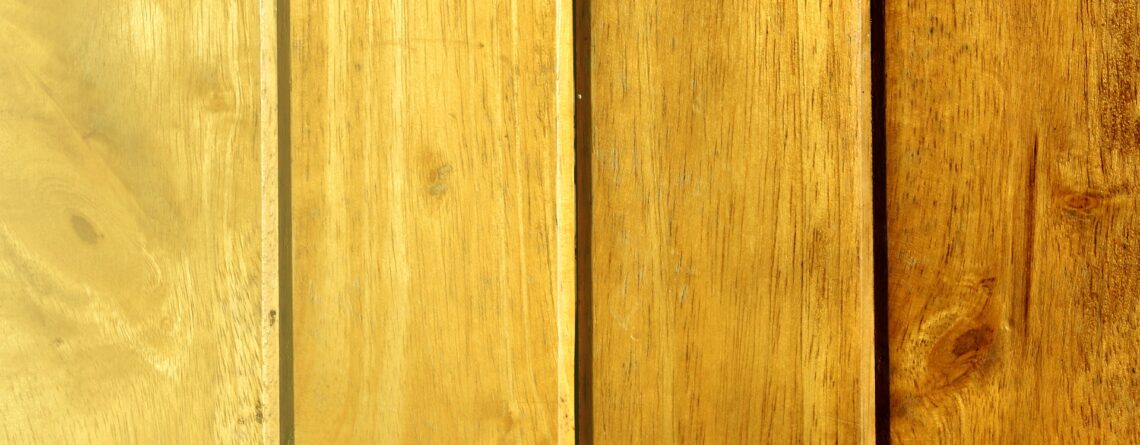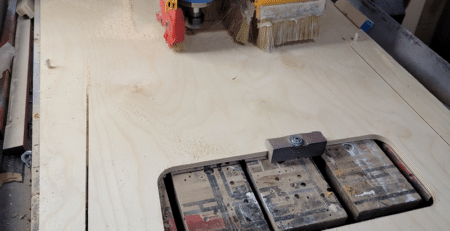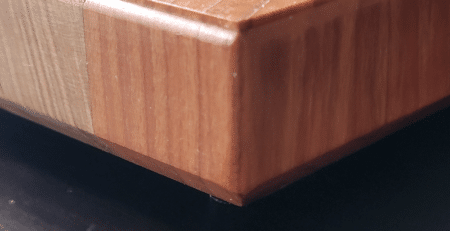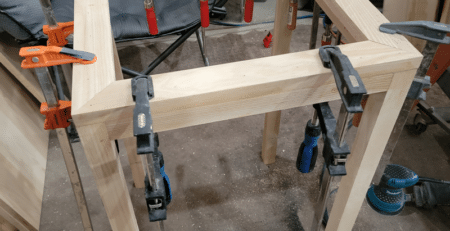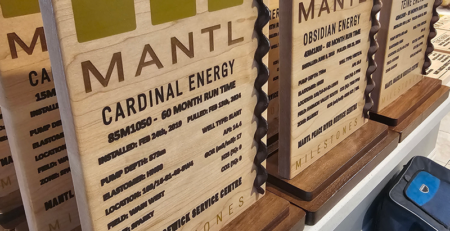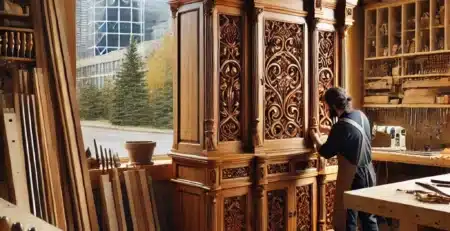5 Types of Wood Stain
Wood Staining is a tale as old as time. Many woodworkers swear that the art of wood staining goes way back in time. According to them, the practice was fairly simple back then, and only had two main types:
- Ebony – also known as dark grey. This color was achieved by immersing iron nails in a vinegar bat.
- Tan wood – immersing tobacco in a mixture of water and ammonia
As time passed, woodworkers came up with many new staining techniques. One of them was to produce the stain commercially. This allowed the woodworkers to buy a can of stain and paint the wood when needed.
Nowadays, you can just walk down to your favorite hardware shop, and select the one that you want from the wide array of options. You can get transparent or opaque stains. Or you can choose between mineral, plant, and synthetic. You can find many different colors.
What are the wood stains?
Wood stains are made of the same three main ingredients as paint (pigment, solvent (or vehicle), and binder) but are mainly vehicle, then pigment and/or a dye, and lastly a very little amount of binder. The most commonly used solvents are water, alcohol, petroleum, or a finishing liquid, such as lacquer, varnish, or shellac.
Now there are two basic classifications of stains; dyes and pigments. Dyes typically absorb in the wood surface, and the pigments sit on the wood. Often, both the dyes and the pigments are both included in a commercial stain.
You should use dyes with fine-grained wood, and pigments on porous woods.
Qualities of Wood Stain
Like we said, as life became fast-paced, the wood stains evolved. Today, we have several qualities of wood stains available in the market, including:
- Transparent – the transparent stains are usually used on wood with a natural grain to them. The transparency allows the wood to shine all the while having a stubble stain to it
- Semi-solid – the semi-solid stains are half opaque, they allow the wood to take the stage, but they do foreground the coloration
- Solid – the solid stains are kind of like paint, they paint all over the wood, completely hiding the natural wood grains
- Pigments (Natural dye) – stains procured from natural elements or metals
- Pigments (Synthetic dye) – stains procured from synthetically available materials, which are much smoother as compared to natural dyes
- Petroleum solvents – these are quite volatile and must be used with care. They mic the stain evenly and give out toxic gas.
- Non-toxic solvents – they are complex and are hard to apply, but are much more eco-friendly
Types Of Wood Stains
Let’s move on to the types of wood stains. There are a few basic types, and all the others are derivatives of those only.
Oil Stain
The most popular and commonly used kind of stains is the oil stain. They are the traditional stain and are also quite easy to use. Most of the oil stains, only have pigments as the main ingredients. But sometimes, you can find oil stains, which have both the pigment and the stains. However, the colorant does not make a huge difference to the stain.
If you use this wood stain, ensure that you let your project dry overnight.
Varnish Stain
Varnish stains are very similar to oil stains. However, there is one major difference between the two. The oil stains take a longer time to dry, therefore, they provide you with more time flexibility while working. Whereas the varnish stains dry much quicker and therefore, they dry hard.
Furthermore, if you leave excess varnish stain on the wood, it won’t be an issue like it would be with an oil stain.
One drawback is that the varnish stains are harder to use, as the woodworkers don’t have ample time to clean off the surface. Also, sometimes, there are visible brush marks on the wood, after the job is done.
Water-Based Stain
Water-based stains provide a water-based finish, as the name suggests. There are eco-friendly and pollute less. They are not harsh to be around and they are quite easy to clean up after.
Water-based stains are easily distinguishable as they stand out due to their thinning and easy clean-up solvents, which is water.
Water-based wood stains are ideally used under the water-based finish, as they are not compatible with either the oil or varnish stains. If you do so, then you would need at least a couple of weeks to dry.
However, water-based is quite difficult to work with, as they dry even quicker than the varnished stain.
Therefore, only choose a water-based stain to use beneath the water-based finish.
Gel Stain
Gel stains are the easiest to use wood stains available in the market. Before staining the wood with a gel stain, you can easily use a wood conditioner or a wash coat to ensure a smooth overall coating.
Go for a gel stain, when you want to paint over pine, and like other such blotch-prone wood surfaces, as gel stains will eliminate the blotching.
Lacquer Stain
Lacquer stains are also very fast drying. Professional woodworkers usually work with Lacquer wood stains as they give out a beautiful stain and can be done within 15 minutes.
Furthermore, lacquer stains can be mixed with the others, give out a more professional and neat finish.
Lacquer can be distinguished based on their very powerful smell, and the strong odor from the solvents. Like the other fast-drying wood stains, they are also quite hard to use. They don’t provide you with ample time to work comfortably.
Conclusion
Wood stain is gorgeous art and enables the project to look clean. However, you must be careful while selecting the type of stain. It is important to ensure that you go for the most optimal option, one that fulfills all your needs. Contact The Original Workshop for your next project.


